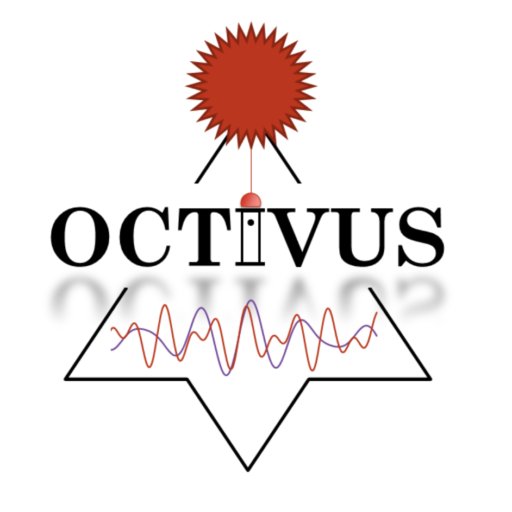
Figure 1. Components of OCTIVUS Probe
OCT catheters contain a single optical fiber that emits infrared light. OCTs measure the echo time delay and the signal intensity after its reflection or back-scattering from the coronary wall structures while simultaneously operating a pull-back along the coronary artery, and thus performing a scan of the segment of interest. The system then creates cross sections of the coronary artery allowing for real- and off-line analysis of each section. It uses light in the infrared spectrum with central wavelength between 1,250 and 1,350 nm. Speed of light being greater than ultrasound, an interferometer is necessary to measure the backscattered light. Axial resolution with OCT is 10-20 micron whereas it is typically only 100-200 micron with intravascular ultrasounds. We use ultrasound imaging technology to compensate the low imaging depth of OCT. The high resolution subsurface morphology provided by OCT, and the deeper tissue structure imaged by US demonstrate the synergy of the combined endoscopy and the superior performance of this hybrid device over each modality alone.
